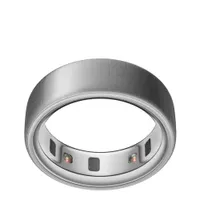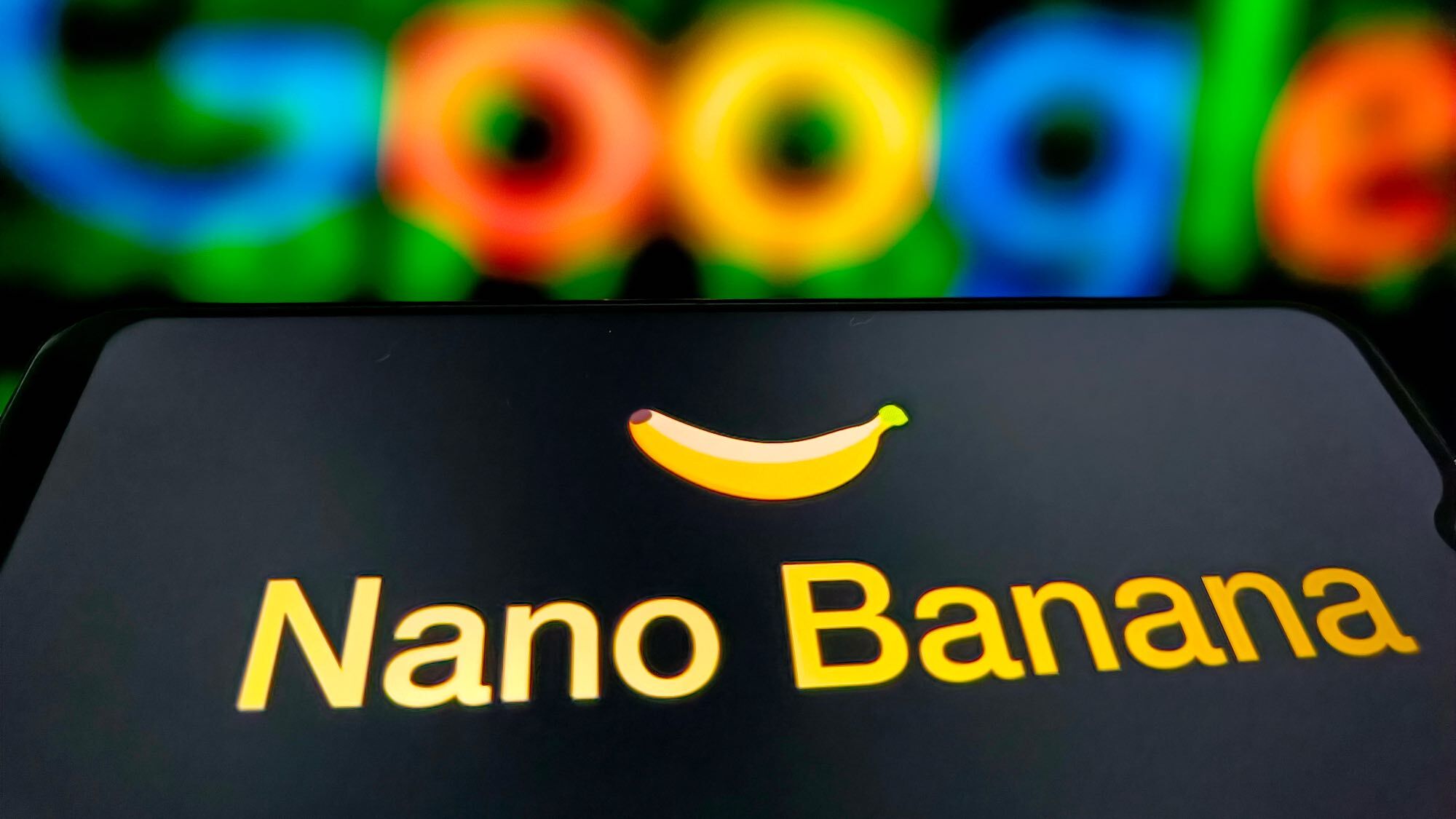Oura's latest update brings AI-powered meal and metabolism tracking to the table — I'm worried this could go very wrong
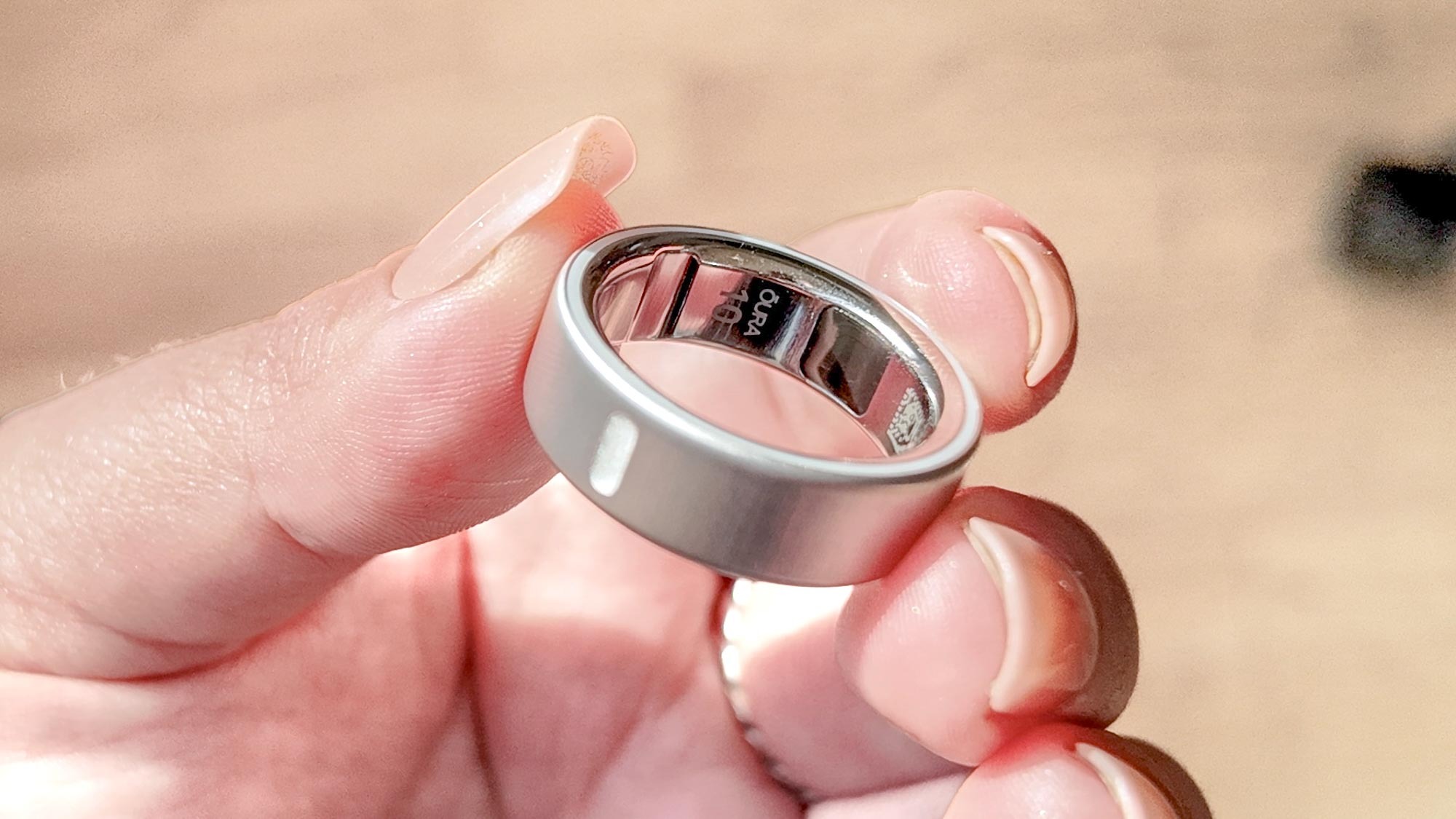
Oura just announced new AI-powered features to “fuel your body for energy, performance and long-term health.” The two latest upgrades center around metabolic health and meal tracking, but right now, they're only available for US users.
Oura says it’s a “major milestone” toward becoming a “fully integrated health solution.” To date, Oura has undoubtedly been an industry-defining market leader and arguably remains the best smart ring you can buy.
However, with stiff competition from the likes of the Samsung Galaxy Ring and Ultrahuman Ring Air, the smart ring market is becoming increasingly competitive. I’m concerned Oura might be doing too much with its latest branch out into metabolic health.
Could Oura become the jack of all trades, master of none? Here’s what we know so far.
What are the two new features?
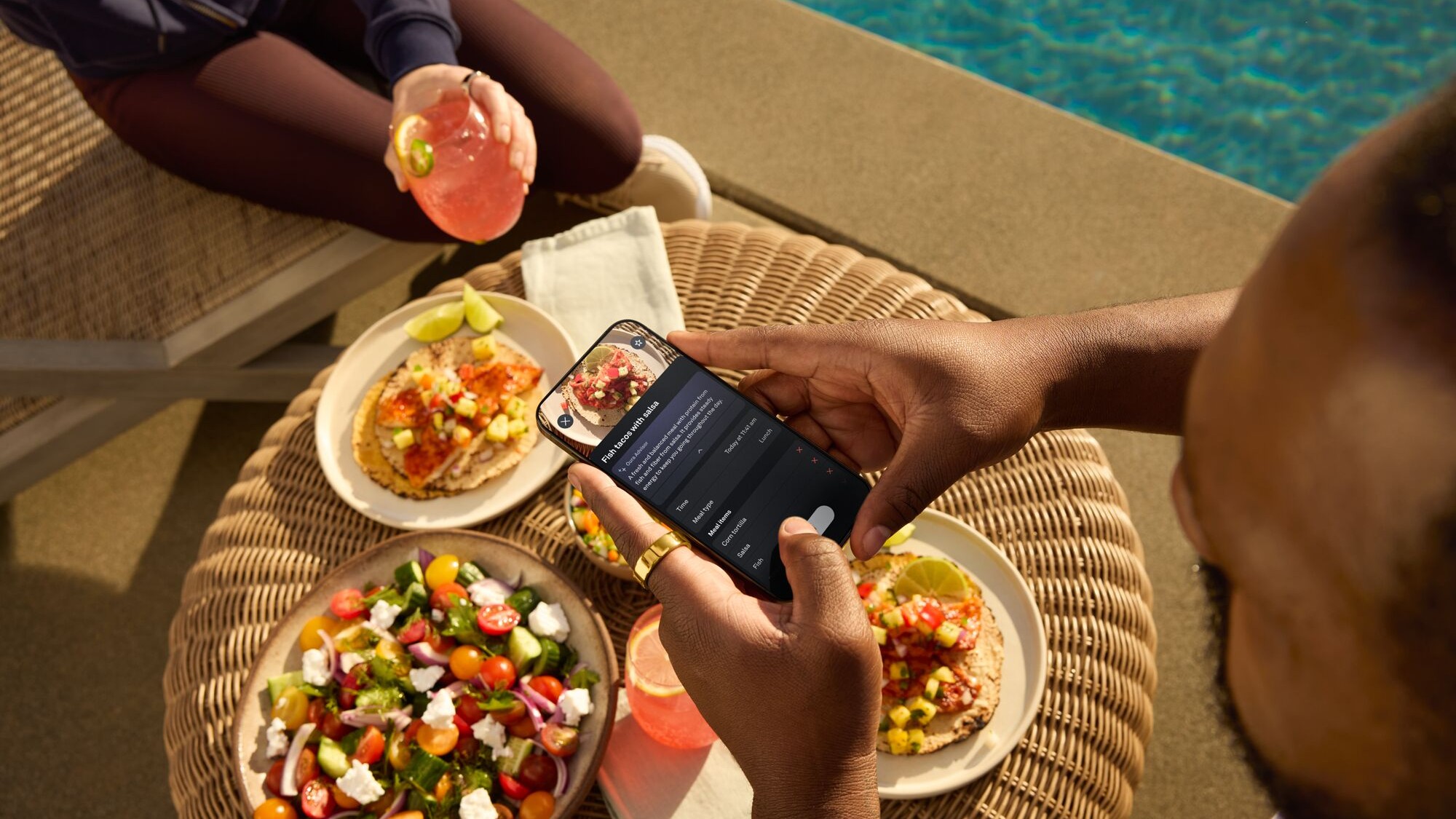
The two metabolic-focused AI-enabled tools are Meals and Glucose, and will roll out shortly to Oura Ring 3 and Oura Ring 4 users based in the US who use the app in English.
Oura announced the Oura Labs feature in 2024, allowing members to test experimental features and provide feedback. If they're considered a hit with the audience, features can be rolled out into the app. Here's what made the cut.
1. Meals
The latest Labs success is Meals, which, according to Oura, provides key insights into nutrition and meal timing using AI-powered feedback from Oura Advisor.
Get instant access to breaking news, the hottest reviews, great deals and helpful tips.
Simply snap a photo of your meal and Oura can help provide “informed dietary decisions” about your food, including macronutrients — proteins, fats and carbs — and its quality, plus suggestions for long-term improvement.
Yep, you read that correctly. Using images alone, Oura can tell you how nutritious your food is, right down to the fiber content.
2. Glucose tracking
Paired with the Stelo Glucose Biosensor by Dexcom, a brand new in-app glucose monitoring feature means you can measure glucose levels day and night, with the app providing feedback directly while drawing from existing analysis like your sleep, stress and activity levels.
Essentially, it’s another way for Oura to provide a holistic view on the quality of your everyday health, alongside tools such as heart health, women’s health and fitness, to assess long-term trends.
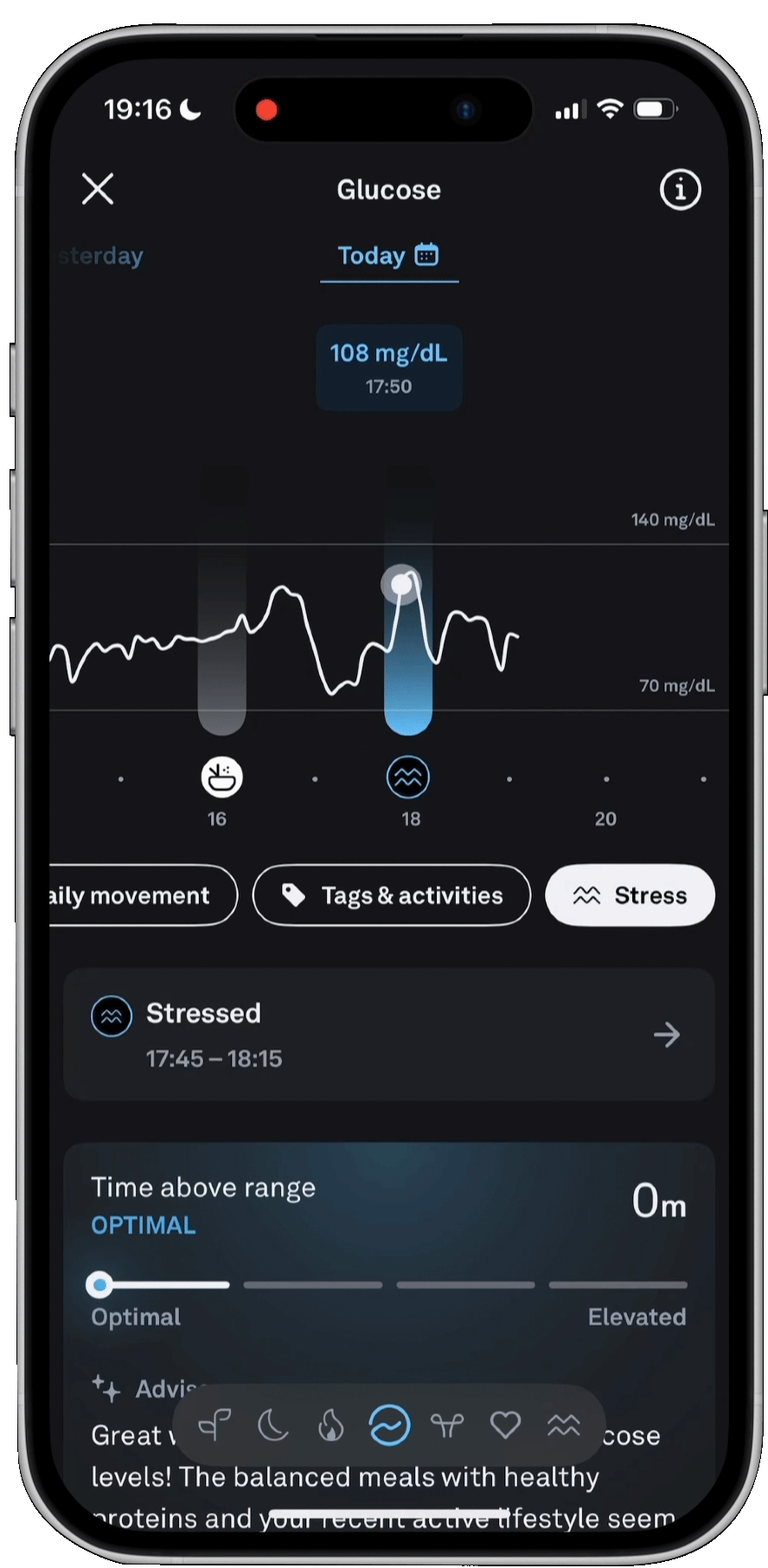
If you want to know more about how to manage your metabolic health, now you can.
What do we know?
Your metabolic health can be impacted by the foods you eat, how your body processes them, lifestyle factors and genetics. That’s why the rollout looks at data pulled from the existing features you use daily alongside your meals to inform the analysis.
Shyamal Patel, PhD., and SVP of Science at Oura, describes their approach as “unique.” Published through Oura's website, she explained: “Meal-induced glucose spikes can vary significantly due to factors like sleep, stress, exercise and meal timing, which is why it’s important to approach metabolic health holistically rather than focusing exclusively on diet.”
The goal is to look for patterns and use experimentation to discover what works and what doesn’t, hopefully helping to maintain improved balance over time based on your daily habits.
Rather than avoiding specific foods, the aim is to encourage a healthy relationship that lasts, looking at what could be impacting your glucose from various angles, rather than focusing on the one spike you had, say, after eating chocolate on a Friday afternoon.
Verdict
I’ve been lucky enough to own both generations of the Oura Ring and have used the app for years. I’m worried Oura could be diluting their product by introducing too many new ingredients.
For the average person, monitoring your glucose levels daily isn’t really necessary. I wore a CGM monitor as a test for Tom’s Guide, and I actually found it more stressful than informative, getting lost in the minefield that is your blood sugar.
In fact, I could be found staring down every spike in my blood sugar with the scrutiny of VAR checking a dodgy penalty decision.
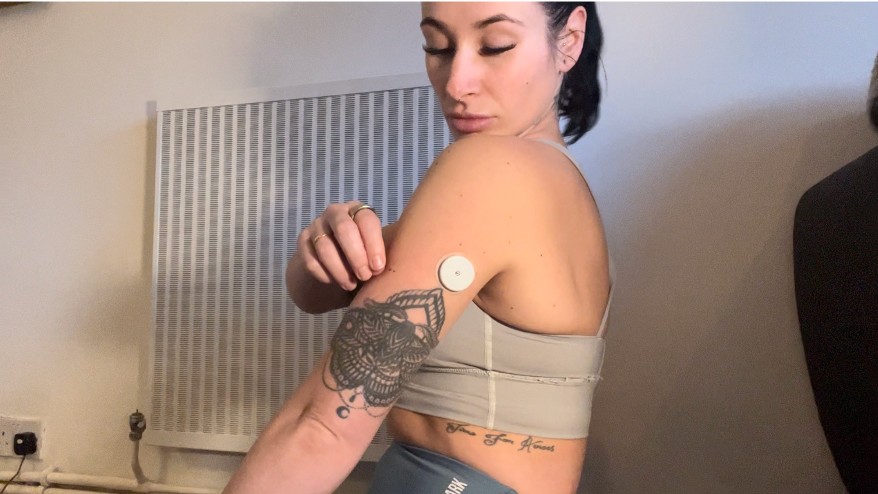
Your pancreas is designed to take care of blood sugar for you, releasing insulin (a hormone) to regulate blood glucose by moving it out of your bloodstream and into your cells.
While a continuous glucose monitor (CGM) is a useful (and sometimes crucial) tool for people managing chronic health conditions such as diabetes and insulin resistance (a precursor to diabetes), not everyone needs to monitor their own glucose.
I fear Oura is starting to steer away from what they're best at — tracking your sleep and stress hygiene — in a bid to keep on top of the competition with their innovation.
Am I worried it'll encourage people to over-worry about another aspect of their health? Possibly. Do I need yet another app scrutinizing what I eat? No. And although Oura reassures members that the feature aims to keep things balanced, I fear people who don't already have a healthy relationship with their food could struggle.
But to keep evolving in an ever-growing smart ring market, perhaps it's Oura's time to dare to diversify. And given that the features were given the all-clear from Oura Labs, it looks like people want it. For me, the jury is out.
Oura Ring 4: From $349 @ Amazon
The Oura Ring 4 is the latest premium smart ring from the brand. It comes in 6 finishes and 12 sizes.
More from Tom's Guide
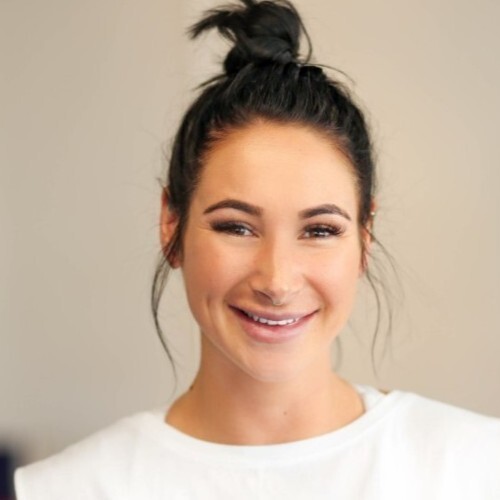
Sam Hopes is a level 3 qualified trainer, a level 2 Reiki practitioner and fitness editor at Tom's Guide. She is also currently undertaking her Yoga For Athletes training course.
Sam has written for various fitness brands and websites over the years and has experience across brands at Future, such as Live Science, Fit&Well, Coach, and T3.
Having coached at fitness studios like F45 and Virgin Active and personal trained, Sam now primarily teaches outdoor bootcamps, bodyweight, calisthenics and kettlebells.
She also coaches mobility and flexibility classes several times a week and believes that true strength comes from a holistic approach to training your body.
Sam has completed two mixed doubles Hyrox competitions in London and the Netherlands and finished her first doubles attempt in 1:11.
You must confirm your public display name before commenting
Please logout and then login again, you will then be prompted to enter your display name.
